
How to Help a Dog Afraid of Noises
As the parent of a dog with noise aversion, I’m used to jumping to attention whenever I see signs that Chilly is experiencing anxiety and fear related to his condition.
Although I’ve written quite a bit about Chilly’s noise aversion being triggered by thunder and fireworks, those aren’t the only noises that frighten him. Noise aversion (also known as noise phobia or noise anxiety) is a medical condition that can be triggered by a variety of noises.
Pin me!

I wish we could keep Chilly in an environment that was completely free from sounds that trigger his noise aversion, but that’s not always possible. Even though we live in a farmhouse in the country, there are still many everyday sounds that can easily frighten a dog like Chilly.
Everyday Noise Monsters Can Be Terrifying
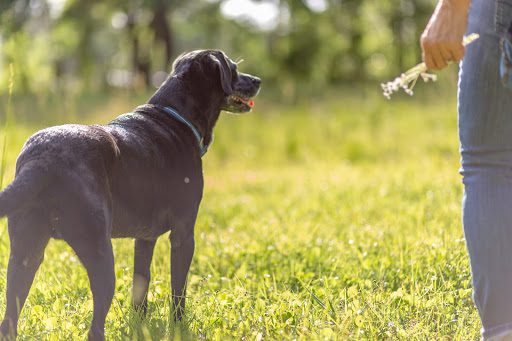
We live only five miles from an outdoor shooting range. Believe it or not, on some mornings, when the wind is just right, we can hear the gunfire. On those mornings, Chilly cowers and trembles, and won’t even go outside to potty! Even though the sound of the gunfire is faint and distant, the sudden, unpredictable “snap” noise really freaks him out.
Aside from the occasional “shotgun mornings,” our neighborhood is relatively quiet, with the exception of the occasional sound of construction, which terrifies Chilly.
When our neighbors decided to work on their five-acre property using a bulldozer, it created some significant noise and caused Chilly’s noise aversion symptoms to surface.
Thankfully, Chilly eventually got pretty used to the noise from the bulldozer. But in the first few weeks, he was so frightened when he heard the noise next door that he would cling to me around the house, wouldn’t let me out of his sight, and certainly wouldn’t go outside.
Common Triggers of Noise Aversion in Dogs
- Alarms/Ringtones
- Construction noise
- Doorbells
- Fireworks
- Garbage trucks
- Indoor home improvement
- Lawn mowers
- Music
- Noise from parties
- Shooting ranges
- Sirens
- Snowplows
- Sporting events
- Thunder
- Traffic sounds
- Vacuum cleaners
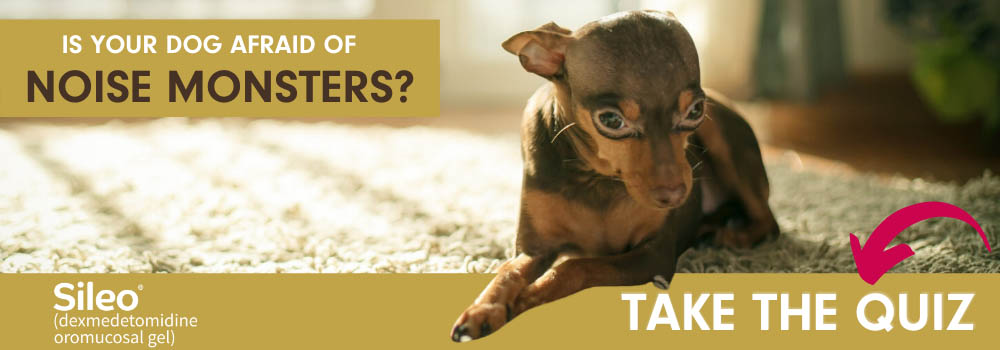
Over the years, we’ve learned a lot about helping Chilly with his noise aversion. His condition developed slowly over time, starting when he was about three years old. It progressively became more and more severe (this happens to many dogs with noise aversion), which led us to talk to our veterinarian about solutions. Now we have an action plan at our house that we use to manage Chilly’s anxiety.
Sadly, an estimated 67% of dogs have at least one sign of noise aversion, and they may live in areas or environments that produce frequent or sudden noises that cause them to be fearful and anxious1. Dogs who live in homes near busy highways or a hopping sports venue may suffer from constant anxiety and fear due to noise aversion. Or a dog who’s afraid of the vacuum may be terrified every time he sees it come out of the closet.
How can you tell if your dog is suffering?
Signs of Noise Aversion in Dogs
Dogs with noise aversion don’t all react to loud or sudden noises in the same way. Here are some of the most common signs of noise aversion in dogs.
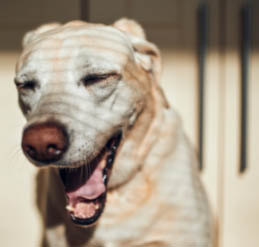
- Aggression
- Clinginess
- Cowering
- Destructiveness
- Freezing or immobilization
- Furrowed brow or laid-back ears
- Hiding or escaping
- Hypervigilance
- Inappropriate elimination
- Licking lips
- Pacing or restlessness
- Panting
- Refusing to eat
- Self-harm
- Trembling or shaking
- Whining, whimpering, or barking
- Yawning
Some of the signs of noise aversion, also known as noise phobia are more obviously linked to fear than others. For example, it doesn’t take much to figure out that a dog who trembles, cowers, or hides is experiencing symptoms of anxiety and fear related to noise. Other signs, like refusing to eat, looking worried, seeking attention, or yawning are harder to connect to fear. However, just because the signs are harder to notice doesn’t mean that these dogs are any less afraid.
If you’re aware of the signs, you can watch for any indication that he might be suffering from noise aversion and bring it to your veterinarian’s attention.

When Should You Talk to Your Veterinarian About Noise Aversion?
Many dog parents don’t realize that noise aversion is a medical condition, so they don’t think to talk to their veterinarian about it. However, not only is it a real medical condition, but it can be diagnosed and effectively treated with the help of your veterinarian.
It’s important to get your dog the help he needs as soon as possible so he doesn’t have to suffer. What’s more, untreated symptoms of anxiety related to noise aversion tend to become progressively worse, making your dog increasingly miserable as his condition becomes more difficult to manage.
Remember, you are your dog’s health advocate! Open up a dialogue with your veterinarian about your dog’s behavior related to noise aversion so that you can effectively manage it together, and ultimately relieve their fear and provide the quality of life your dog deserves.
During a typical wellness visit, your veterinarian may only have 15-20 minutes with your pet and there is a lot of ground to cover in that short time. So, a conversation about your dog’s fear, stress, and anxiety may not happen unless you bring it up.
If you notice signs of noise aversion in your dog, make a special appointment to share the signs your dog may be experiencing with your veterinarian. Dogs with noise aversion are truly terrified, and they need help to manage their fear.
To help with the conversation about your dog’s symptoms, take this online quiz before your appointment. It helps you to zero in on specific triggers and symptoms, as well as the impact that fear of noises has on your dog’s life. Make sure to print out or save the results to share with your veterinarian.
You see, only your veterinarian can diagnose your dog as having noise aversion. And some of the solutions must be prescribed by a veterinarian, including SILEO® (dexmedetomidine oromucosal gel), my choice for treating Chilly’s condition.
Help for Dogs with Noise Aversion
Chances are, if you live in a city or environment where there’s constant noise, your dog may adjust over time, especially if he was born into a noisy environment. Or he may respond to treatments like behavior modification – such as systematic desensitization or counter conditioning, where he is gradually trained to associate a terrifying noise with something enjoyable and not scary at all — like a treat.
While these methods can be very effective, your dog with noise aversion will likely need to be treated with medication as well. If your dog needs a more immediate or as-needed solution, a prescribed medication, like SILEO, could be the key to keeping him calm.
SILEO is the first FDA-approved treatment for noise aversion in dogs. SILEO is a gel that comes preloaded in a multi-dose syringe. Your veterinarian determines the dose. All you have to do is set the dosing ring on the syringe to the correct spot and lock it in place. Then place the syringe between your dog’s cheek and gums and it will be absorbed by the mucous membranes in his mouth, so you don’t have to worry that he’ll spit it out. And you don’t have to go through the trouble of disguising it as a treat to trick him into swallowing it.
One of the reasons I love using SILEO is that, although it calms his anxiety, Chilly is still awake and aware after he’s had his dose. Other medications can make him woozy and sedated long after the noise has passed.
SILEO is a great solution not just for those sudden, unexpected noise events, but also for those predictable noises, like the garbage truck or the weekly sports game. Ideally, I try to administer it a full 30 to 60 minutes before the noise begins, but that’s not always possible. SILEO is also effective if you administer it as soon as you hear the noise or as soon as your dog begins to show signs or behaviors of anxiety related to noise aversion.
The medication starts to take effect within 30 minutes, and it lasts 2-3 hours. I don’t usually have to give Chilly another dose since most of our noise events are over in that time. But SILEO is safe to repeat, up to a total of 5 times during a noise event. If the noise continues and your dog needs another dose of SILEO, you should wait at least two hours between doses.
I always keep SILEO on hand so that we’re ready to help Chilly through any noise event. In addition to treating with SILEO, here are some steps pet parents can take to reduce their dogs’ fear and anxiety related to noise.
I’m so thankful that I talked to my veterinarian about using SILEO to treat Chilly’s noise aversion. Now, no matter what’s going on in our neighborhood, we know that there’s treatment for his noise-induced anxious behaviors.
Does your dog suffer from noise aversion? Take this Noise Monsters Quiz to find out. Then, be sure to bring the results to your veterinarian and ask about SILEO and if it is right for your dog.




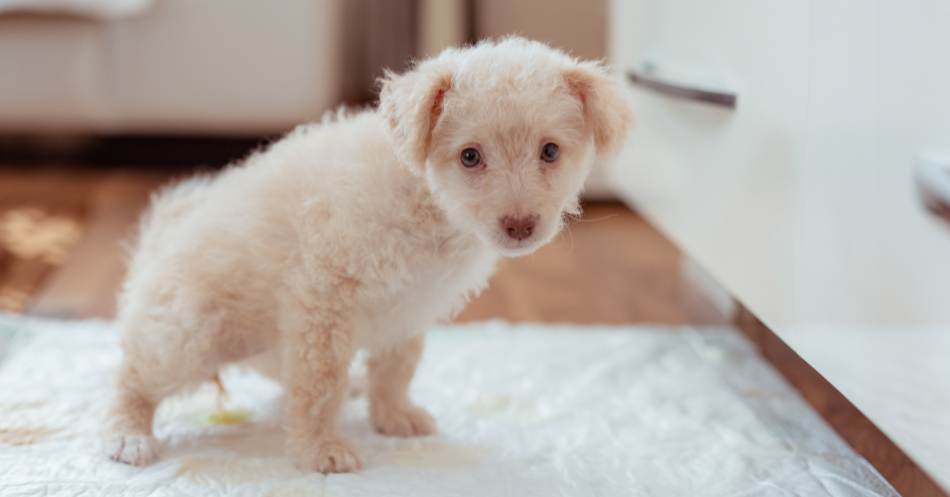

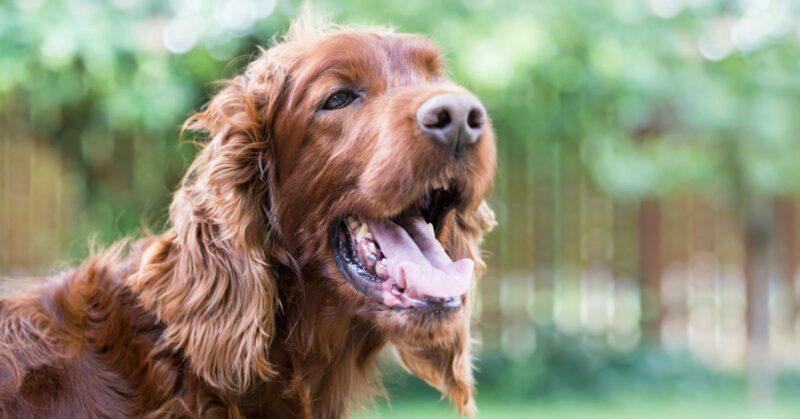
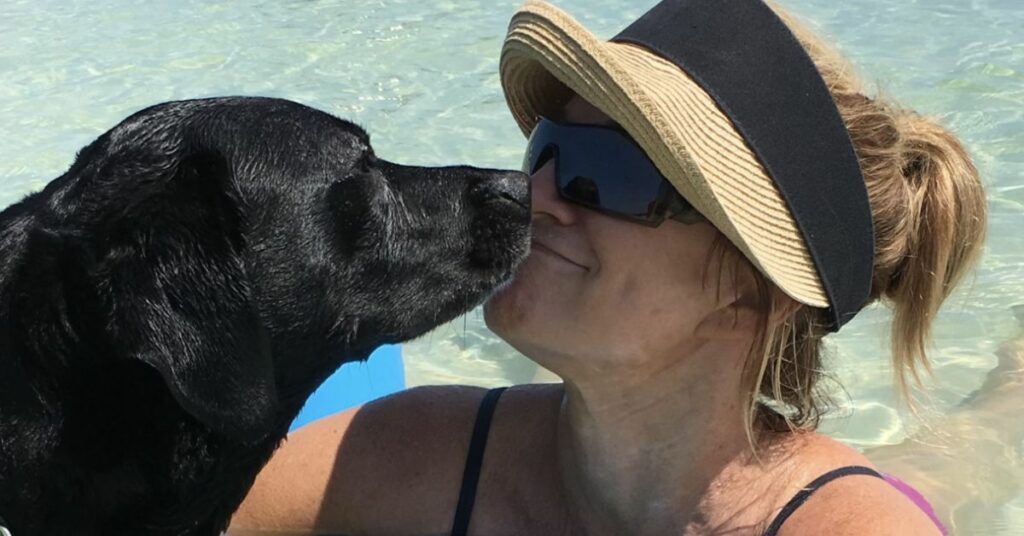
Finally a diagnosis for my dog. As a pregnant mama who suffers from Levi I’d sleep due to an anxious dog who trembles at the first sound of the ice maker or oven beep or any noise for that matter.. I’m at my wits end trying to figure out how to help him manage this noise aversion that is so crippling and causing him to live a miserable life…
Hi Cassie,
Definitely talk to your vet about SILEO. My dog, Chilly, suffers from severe noise aversion and SILEO is the only thing that helps him! You can check out more information here.
I hope he gets some relief soon!
Kristen